 Loading... Please wait...
Loading... Please wait...Products
- Solar Panels
- Solar Panel Kits
- Solar Generators
- Inverters
- Inverter Monitoring
- Inverter Accessories
- Balance of Systems
- Racking and Mounting
- Rails
- Flashings
- Splice Kits
- Stopper Sleeves
- Conduit Mounts
- Attachments
- Brace Assembly
- Base Mount
- Brackets
- Bolts
- Clamps
- Caps
- L-Feet
- Washers
- Skirt
- Lugs
- Tilt Legs
- Hooks
- Stand-Offs
- Ballast Bay
- Top of Pole Mount
- Side of Pole Mount
- Flush Mount Kits
- Ground Mount Kits
- Roof Mount Kits
- Hardware Packages
- Wire Management
- Batteries
- Battery Accessories
- Charge Controllers
- Tools and Supplies
- View All Products
Solaris Blog - Solar Energy Incentives
Net Metering May Return to Nevada
Posted by Brandi Casey on 10th Jun 2017

The state of Nevada is home to more than just entertainment and casinos, with five to five and a half hours of peak sunlight it is also a prime location for solar energy. However, due to the 2015 legislation that crippled net metering, many manufacturers and installers such as Vivint Solar and Sunrun pulled out of the state. While the measure did not kill solar energy in Nevada, it did assist in crippling solar energy growth.
According to SEIA Nevada is currently ranked at 4th
place in cumulative solar electric capacity installed through 2016 at 2,191
megawatts and approximately 362,000 homes. They trail behind California at
18,296 megawatts and 4,732,00 homes, North Carolina at 3,016 megawatts and
341,00 homes; and Arizona at 2,982 megawatts and 446,00 homes. In terms of
solar energy jobs, the Nevada also ranks 4th at 8,371 solar energy
jobs, and has did not increase their solar energy capacity from 2015 to 2016 to
make the top ten list. However, in terms of solar capacity per capita, the
state ranks number one at 745 watts per person which is a strong indicator for
the potential the state holds to carry a high energy capacity.

Luckily, positive news has come to the state in the form of Assembly Bill 405 which seeks to revive the net metering program in the state. Governor Brian Sandoval is expected to sign the bill next week that will set new rates for the excess power generated by home and business owners. The bill will not only assist in increasing solar installations, and consumer ROI but is already making waves in the industry and encouraging businesses to come back to the state. The president of policy for Sunrun announced that prior to the previous bill that removed net metering the company had hundreds of employees and a warehouse in Las Vegas; and that the company will come back to Las Vegas after the bill has been signed. As of now, no timeline has been presented on when that will be or how long it will take to get up and running, however the company serves as a sign that companies are likely to return to the state.
With the underutilized resources in Nevada the bill comes as a welcome relief to current consumers who have not benefited from net metering for the last year and a half. While net metering is not the only selling point of solar, it is a factor to consider when calculating your ROI period. The lack of net metering also encouraged many homeowners to switch to hybrid systems with costly battery back-up systems. While hybrid systems are beneficial, the battery banks can make it slightly unobtainable for many consumers. In combination with the unavailability of net metering, the lack of options for a faster ROI has encouraged many consumers to not move forward with installing renewable energy.
We look forward to seeing the fast increase in solar arrays in Nevada over the next year. The rise of renewable energy installations is sure to follow. With the mass amount of power Las Vegas consumes on even a nightly basis relying on a renewable energy source is sure to assist the state to become more green and efficient.
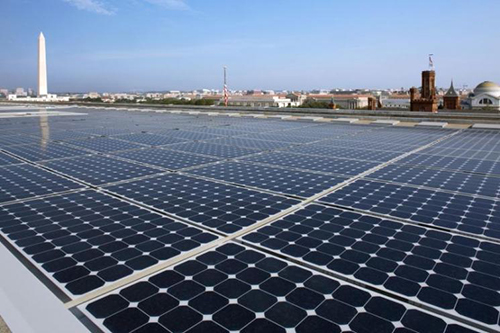
Washington State Solar Energy Incentives
Washington is well known for being forward thinking in terms of renewable energy. They were the second state, following Colorado to pass their Renewable Energy Standard through a ballot initiative. Their initiative calls for the state utilities to source 15% of their electricity from renewable energy sources by the year 2020. While the number is not as ambitious as [...]
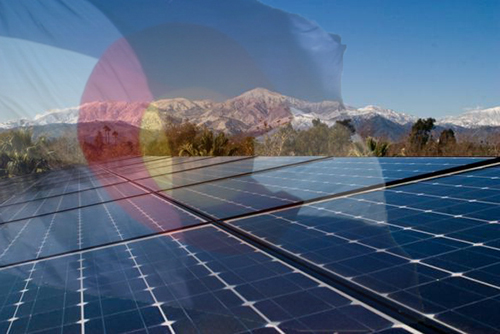
Colorado Solar Rebates and Incentives
With more than 300 days of sunshine a year, it isn’t surprising that Colorado has made many top 10 lists in renewable energy including most solar installed per capita to greatest solar job growth. The state also has one of the highest Renewable Portfolio Standards (RPS’s), which requires all investor-owned utilities to source 30% of their energy from renewables by [...]

Nevada Solar Energy Rebates and Incentives
The sunny state of Nevada is a prime candidate for solar installations. Nevada proves this as it has the most solar installations per capita in the United States. However, the majority of solar installations are utility scale projects, and a lot of their power is sold to their neighbor, California. However, the state is on its way to meeting [...]
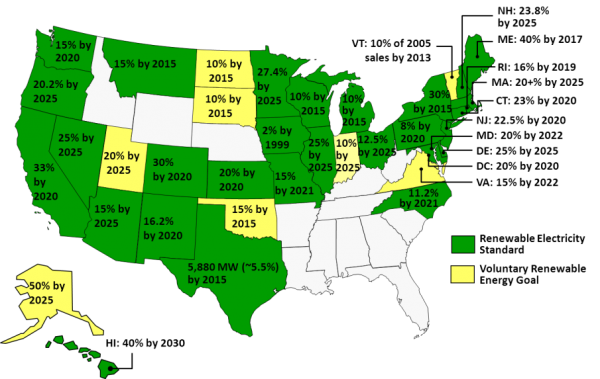
Minnesota Solar Energy Incentives
Minnesota boasts one of the countries strongest Renewable Portfolio Standards (RPS), with an impressive 25% requirement for utilities to source their power from a renewable energy source by the year 2025. In addition, to assist in job creation, the state passed the Solar Energy Jobs Act which mandates that solar provide 1.5% of energy sales by 2020, and encourages 10% [...]
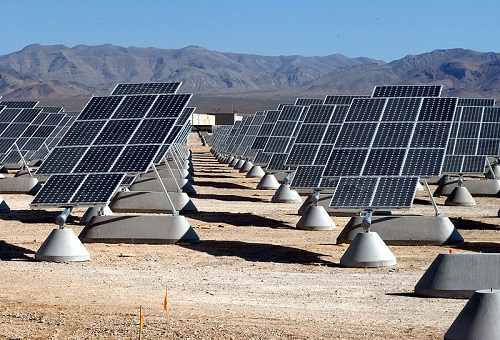
Texas Solar Energy Incentives
*30MW Texas Solar FarmIn the early 1990s Texas was the country’s leader in wind energy, however much of its holdings were tied into Enron, and after the Enron scandal took place, the state fell behind. Today Texas still has a strong renewable energy presence tied into wind energy along with abundant soar energy. Their success in the renewable energy [...]
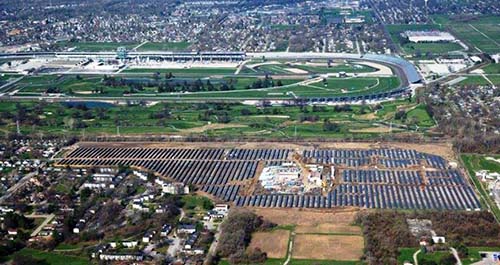
Indiana Solar Energy Incentives
*59MW Indiana Solar Energy Farm Although Indiana recently passed the controversial Senate Bill 309 that limits net-metering incentives for residential home solar systems; the state has numerous other incentives for homeowners to take advantage of. One of the most beneficial incentive that is available for both homeowners and renters is the Property Tax Exemption, in which the property is eligible [...]
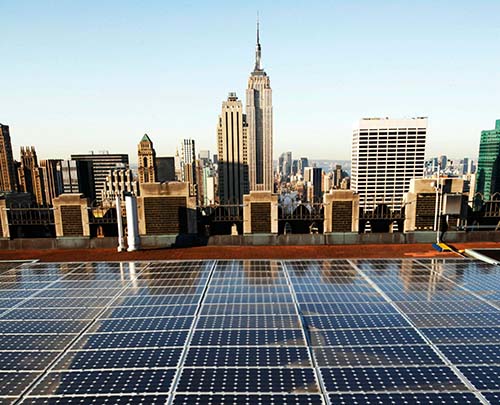
New York Solar Energy Incentives
Although New York only has four peak hours of sun a day, the state is rapidly becoming a leader in renewable energy installations including solar, solar water heaters, and wind. Although homeowners may not see the same energy output as those in California, they do see a higher return on investment than most states. This is largely due to [...]



